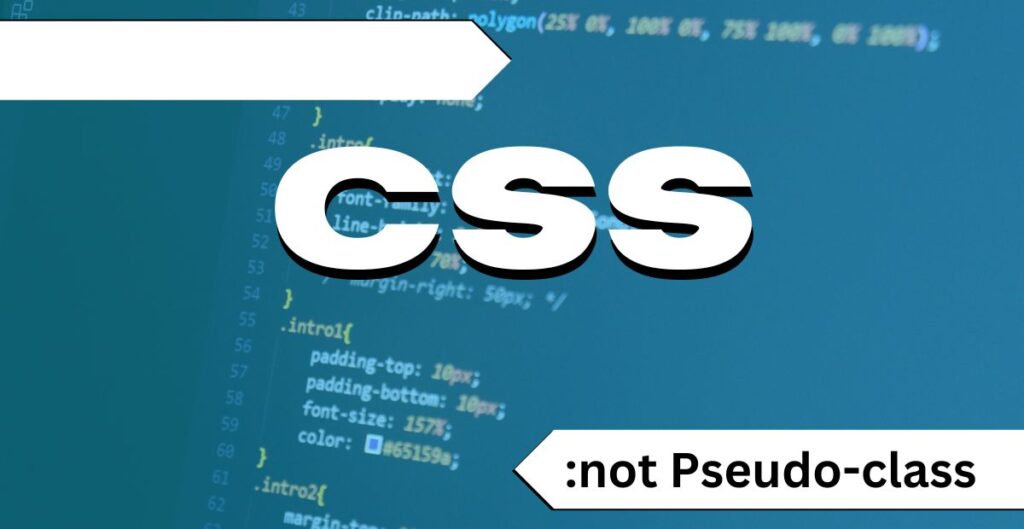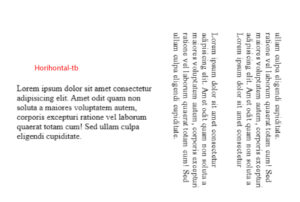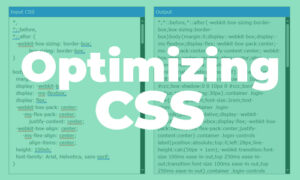Outline of the Article:
- Introduction to
:not()CSS Pseudo-class - Understanding
:not()and Its Functionality - Implementing
:not()in CSS - Use Cases and Examples of
:not()Pseudo-class - HTML and CSS Code Examples for
:not() - Best Practices for Using
:not() - Benefits of
:not()in CSS - Conclusion

Introduction to :not() CSS Pseudo-class
Unlocking CSS Secrets: Understanding the :not() Pseudo-class for Precise Element Styling, pseudo-classes are powerful tools that allow developers to select elements based on various criteria. One such pseudo-class is :not(), which holds significant importance in styling web elements. Understanding its functionality and implementation is crucial for creating efficient CSS styles.
Understanding :not() and Its Functionality
The :not() pseudo-class negates the selection of elements that do not match the specified selector. It enables the exclusion of specific elements from the styling process. This powerful function provides flexibility and precision in targeting elements for styling while omitting others.
Implementing :not() in CSS
To use :not() in CSS, you specify the selector inside the parentheses. For instance, :not(p) selects all elements except paragraphs. This selector accepts complex arguments, allowing multiple exclusions or combining with other selectors for intricate styling.
Use Cases and Examples of :not() Pseudo-class
One practical use of :not() is in targeting specific elements within a parent element. For example, styling list items except for the first one (:not(:first-child)). Additionally, excluding specific classes or elements from a selection streamlines CSS styles and enhances readability.
HTML and CSS Code Examples for :not()
HTML
<div class="container">
<p>Paragraph 1</p>
<p>Paragraph 2</p>
<span>Span</span>
<p class="exclude">Excluded Paragraph</p>
</div>CSS
/* Styles to exclude the 'exclude' class from paragraphs */
.container :not(.exclude) {
/* Your styles here */
color: blue;
}
Best Practices for Using :not()
While :not() offers flexibility, overuse can lead to complex and convoluted CSS. It’s advisable to use it judiciously, maintaining readability and code simplicity. Combine it with other selectors efficiently to achieve desired styling without compromising code clarity.
Benefits of :not() in CSS
The :not() pseudo-class enhances CSS by providing a targeted approach to element selection. Its functionality significantly simplifies styling tasks, allowing developers to create more streamlined and readable codebases.
Conclusion
In conclusion, the :not() CSS pseudo-class is a valuable tool for web developers seeking precise and targeted element styling. Understanding its functionality, implementing it effectively, and following best practices can significantly enhance CSS coding practices.
FAQs
- When should I use the
:not()pseudo-class in CSS?- The
:not()pseudo-class is useful when you want to exclude specific elements from styling, providing a more targeted approach to CSS.
- The
- Can I combine multiple selectors within
:not()?- Yes, you can combine multiple selectors within
:not()to exclude various elements or classes from styling.
- Yes, you can combine multiple selectors within
- Are there any performance implications of using
:not()extensively?- While excessive use may impact performance, using it judiciously alongside other selectors should not significantly affect performance.
- Does
:not()work on all HTML elements? \- Yes,
:not()can be applied to any HTML element or a combination of elements.
- Yes,
- How does
:not()contribute to cleaner CSS code?:not()helps exclude specific elements, reducing the need for additional classes or complex styling rules, thus improving code readability and maintainability.








